Story highlights
Sandy Powell has won three Academy Awards and is nominated for her fourth for Carol
A longstanding fan of Patricia Highsmith's novel, Powell has championed the adaptation from the off
On the Academy: "It should be completely mixed, and it isn't. We've known that for a long time"
Sandy Powell recalls the first time she encountered Carol Aird, the New York socialite trapped in a loveless marriage and drawn to the young, elfin Therese.
Stuck in a train station in southeast England, the costume designer needed reading material. Perusing a shelf of books she came across “The Price of Salt” by Patricia Highsmith; slight and sandwiched between two Stephen King tomes.
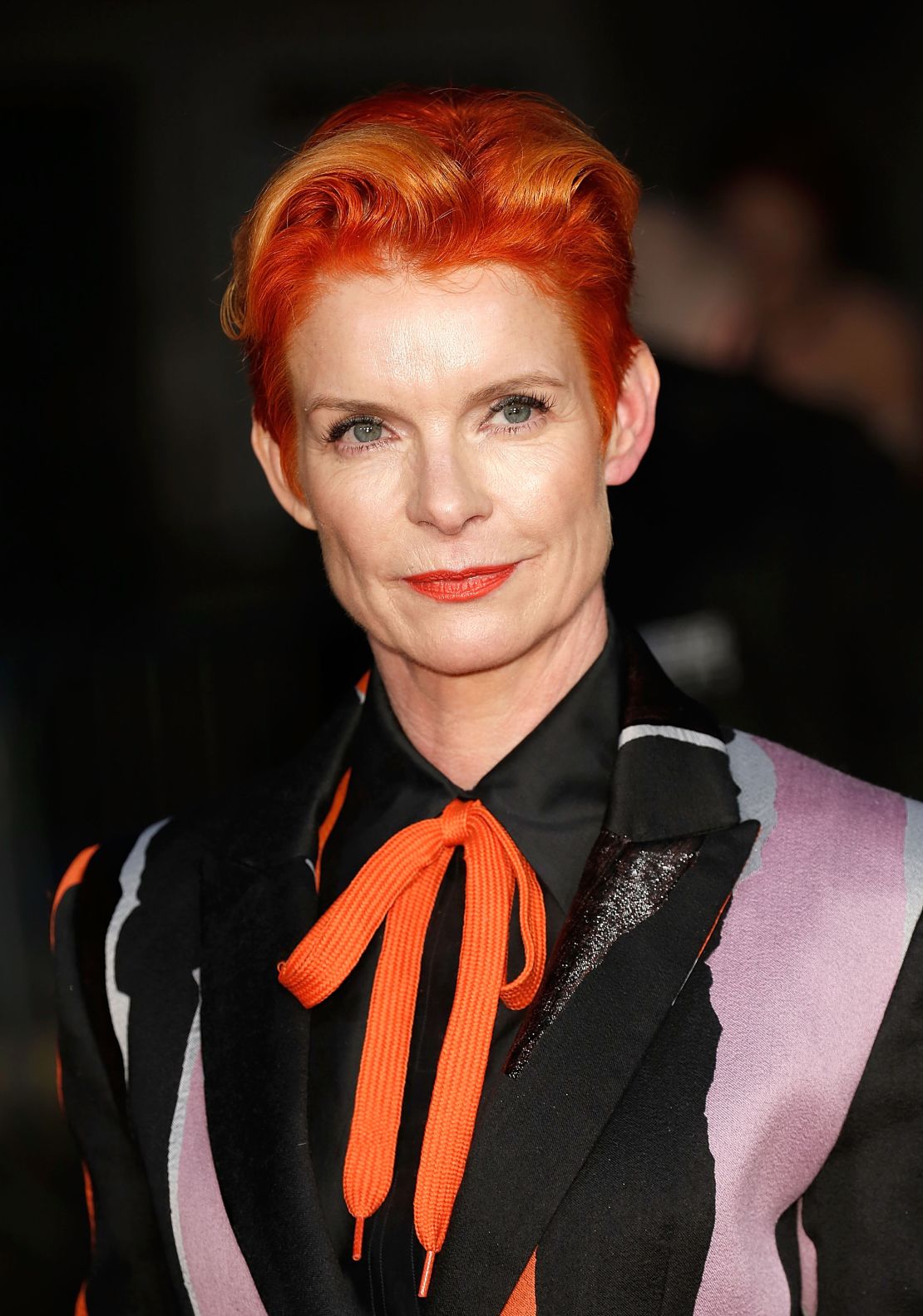
“I thought I was buying a thriller,” she remembers, laughing. “On the train home I read it in one go and was blown away. I thought ‘this would make just the most amazing film.’”
Years later, over dinner with producer Elizabeth Carlson who had secured the rights, Powell stated her case for involvement. Carlson needed little convincing.
Powell’s CV speaks for itself: A three-time Academy Award-winner, she’s designed costumes for every Scorsese film since 2002’s “Gangs of New York” and is a regular collaborator with Todd Haynes and Cate Blanchett, both of whom she would work with on “Carol”, Phyllis Nagy’s adaptation of Highsmith’s novel.
A subtle, restrained affair, Powell’s costume design is integral to the film, both in tone and plot, and in Carol Aird we’re gifted a fashion icon for the ages.
As the Awards approach, we sat down with Powell to discuss her methods, eroticism, and why the Academy’s new membership rules are still wide of the mark.
Forties are the new Fifties
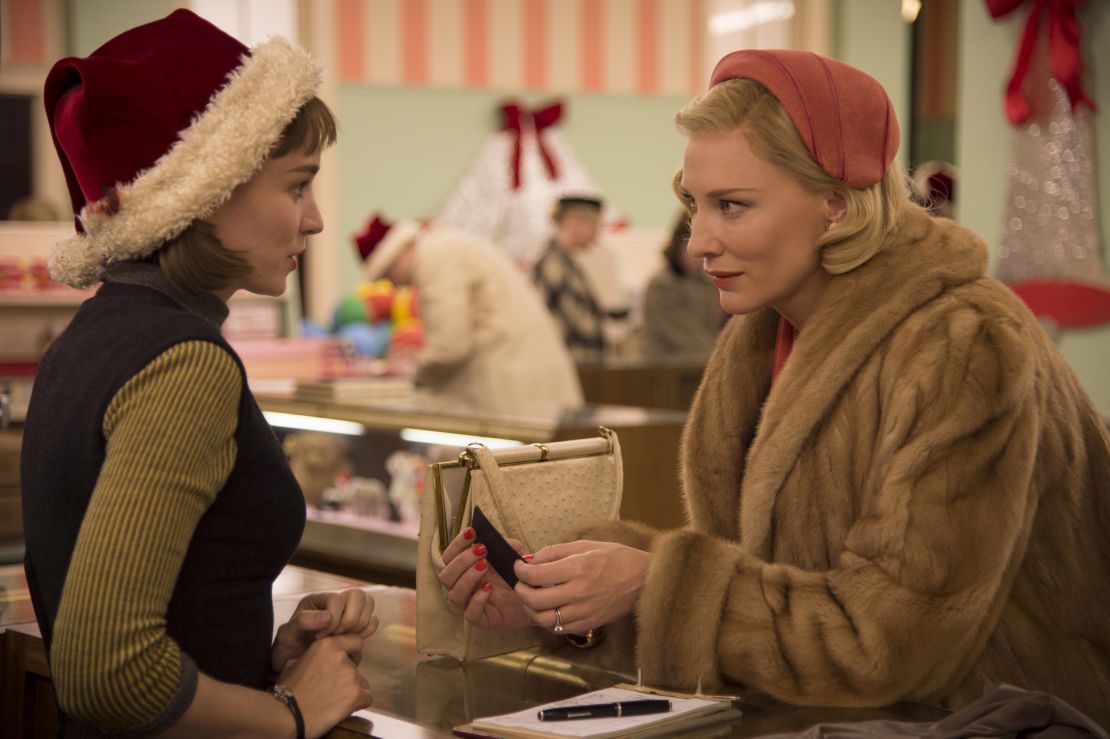
“People talk about fashion and costume, but they are two different things,” argues Powell. Except when they’re not.
Carol Aird is one such case: lifted from the pages of fashion glossies and interpreted in Powell’s inimitable style, she is distinctly on trend – if that trend is Autumn/Winter 1952. She wears her clothes as a symbol of status and wealth, and in marked contrast to the likes of aspiring set designer – and relatively dowdy – Therese.
“The whole idea about ‘Carol’ was it’s about real people in real time,” she explains. “In my mind, 1952 isn’t the Fifties – I don’t think the Fifties as we recognize them happened until about halfway through the decade.
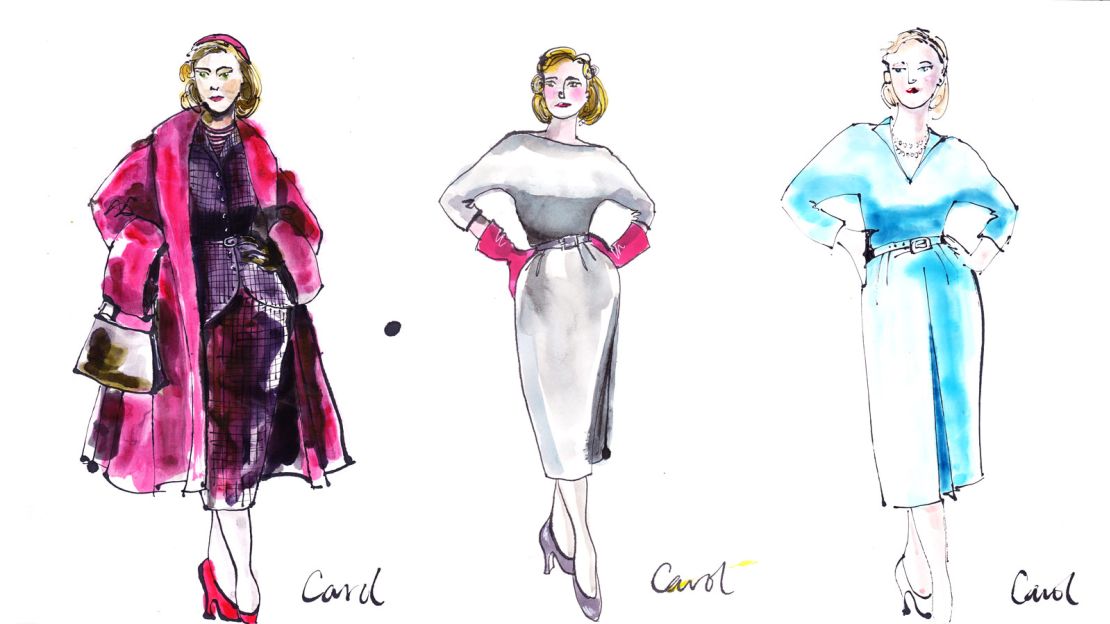
“The actual look of the film is really that of the late Forties – apart from somebody like Carol, who can afford bang on-date fashion.”
Therefore, whilst Powell’s quintessential colors, bold and saturated, appear at times in Carol’s wardrobe, Therese’s look is “much more muted and subdued” than Powell says she is used to – until that is, Therese meets Carol, and her outfits begin to change.
“There’s a power dynamic,” says Powell, “which is all reflected in the clothing.”
How to be erotic in an era of repression
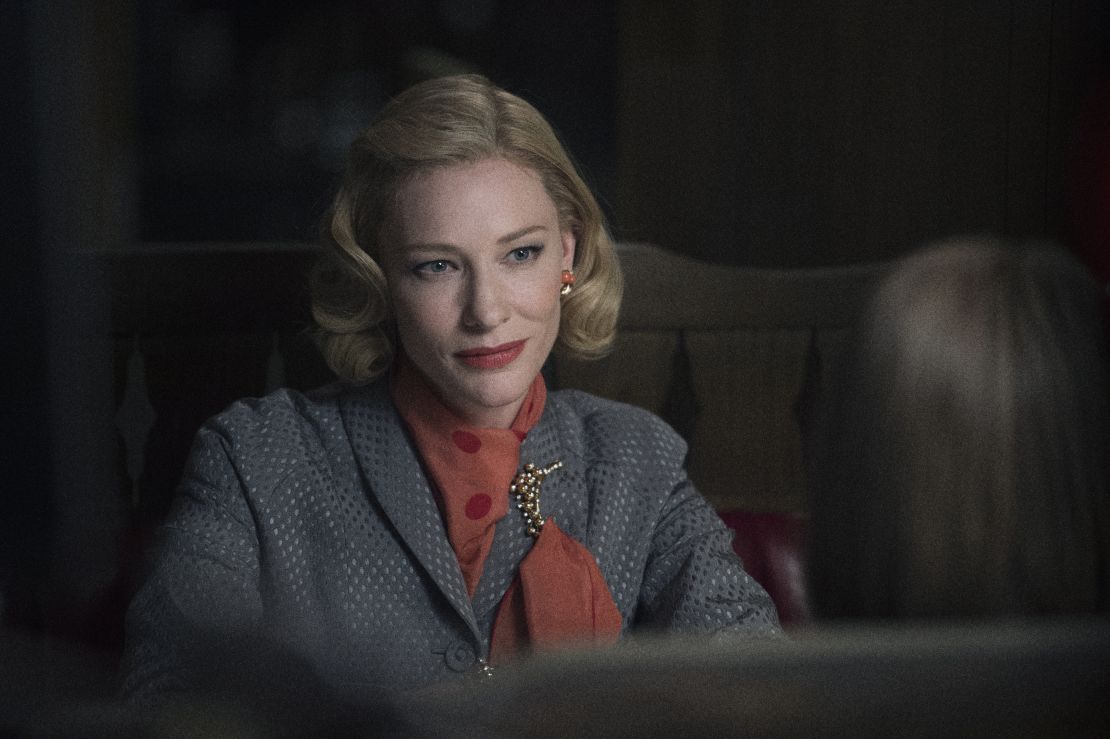
After dressing Cate Blanchett for “The Aviator” (for which Powell won her second Oscar) and “Cinderella” (for which she is also nominated this year), their relationship was such that together they were able to get under the skin of Highsmith’s character.
Insulated by winter, Carol and Therese’s lesbian love affair is nonetheless kindled and nurtured in an era of sexual repression. In a screenplay littered with caesura and pregnant pauses, every visual aspect of “Carol”, from body language to costume design, demands the audience’s attention. And it’s in these moments that Powell and Blanchett do their greatest work, filling voids with what isn’t said, but nonetheless expressed.
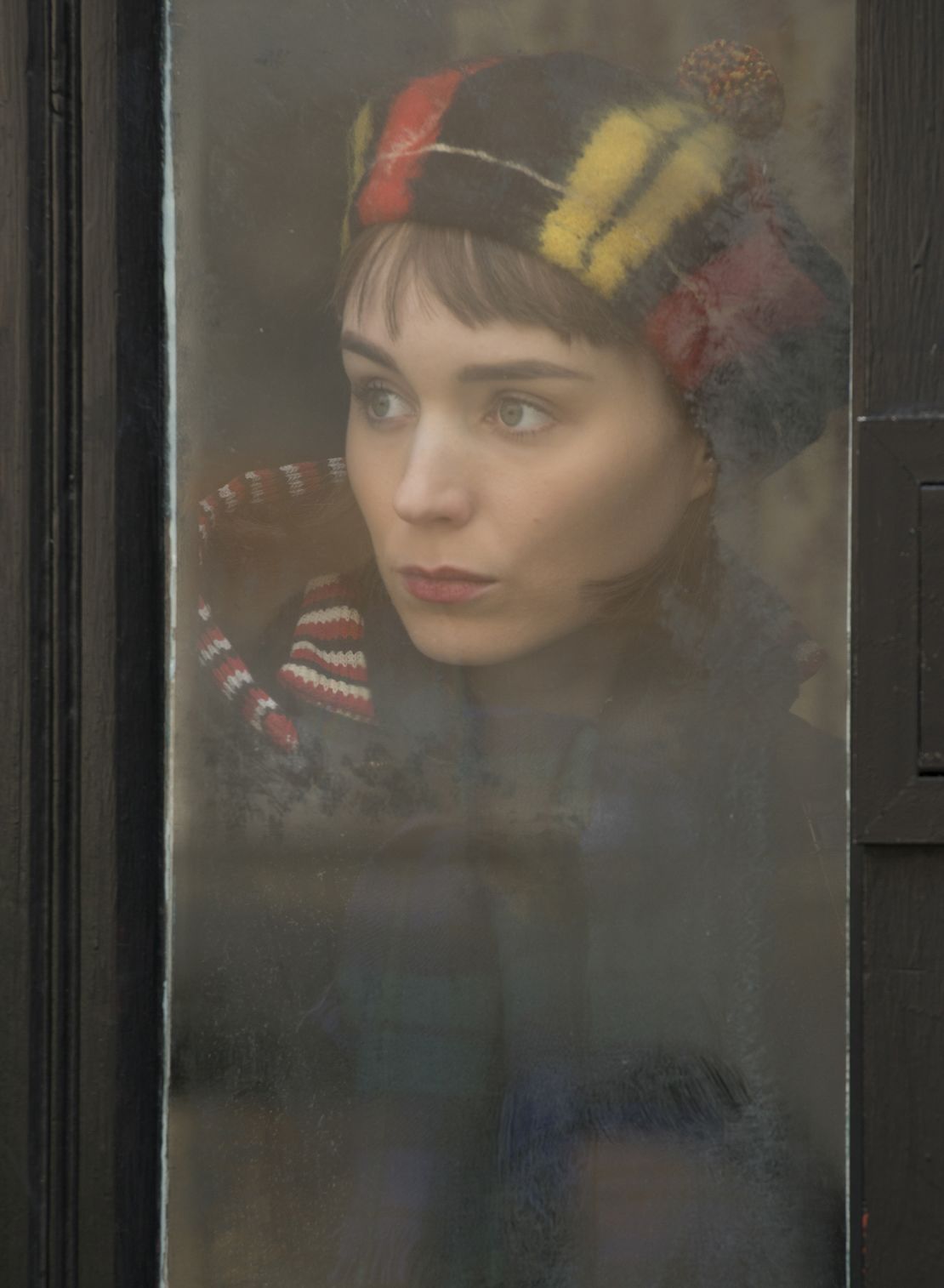
“Cate and I talked about what was erotic and what was not,” says Powell. “Carol wears clothes that are high up at the neck. There’s no flesh showing really, but there are little areas that are accentuated, like the sleeves on all the dresses are bracelet length, halfway down the forearms.
“Things like wrists, neck and ears are all accentuated. She touches her ears and her earrings, and your eyes are drawn to the neck. There’s these tiny hidden areas we were accentuating. That was deliberate, because we didn’t want to make anybody overtly sexual.”
“It really is a collaboration: I provide the clothes, and then work closely with the actors,” she says. “It’s not just about how a costume looks, but that the actor does in it. My clothes are a tool for them to create their character.”
Diverse influences
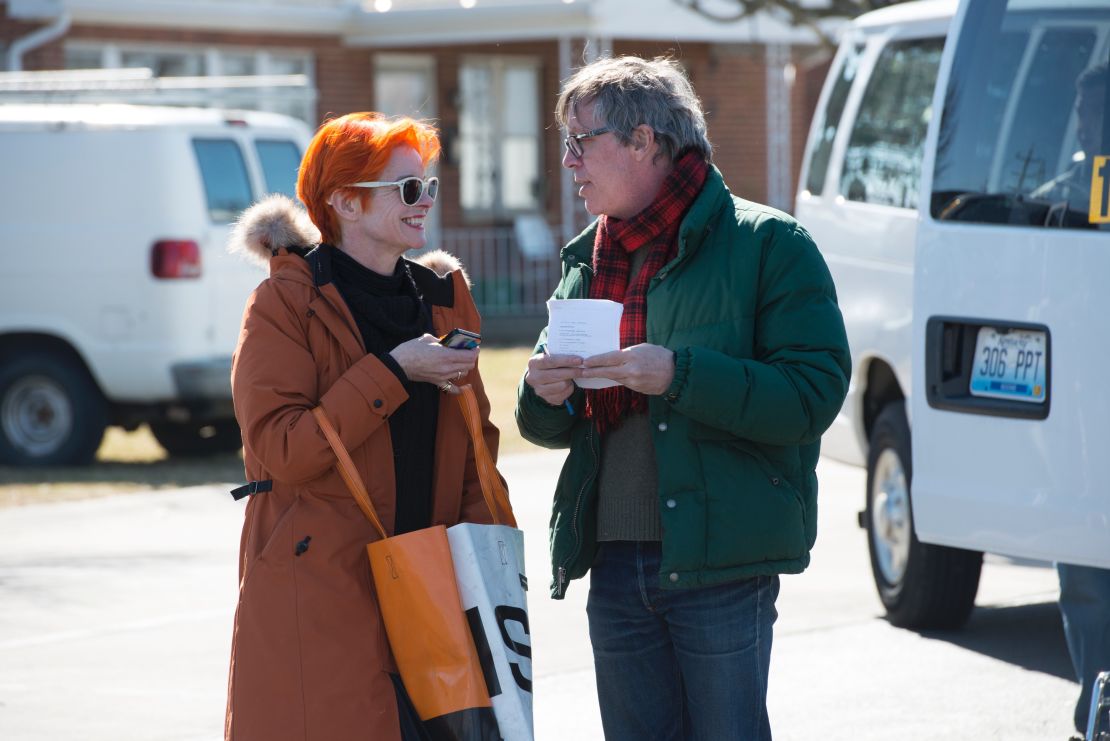
Powell says that despite the obvious links between fashion and costume design, she’s reluctant to put too much stock in suggesting film influences fashion.
“People always say to me ‘Do you think your costumes inspire fashion?’ and I say not at all. But then,” ponders the designer, “maybe they have.”
“I’ve certainly been inspired by fashion… perhaps it is symbiotic. But then half the time I think it’s a zeitgeist thing; we’re all thinking the same thing at the same time.”
For a designer who has made her name and won her awards in largely period films, there are obvious reference points to be sought, and Powell has said she pored through specific editions of Vogue in the research stages of “Carol”. Whilst she returns continually to the original Balenciaga and Dior, Jean-Paul Gautier, Jean Galliano and Alexander McQueen all have a place in her contemporary influences.
But not all influences – or fabrics – are inspired by the runway. Having lived in Brixton, south London for many years, Powell has a keen appreciation for the African prints sold in local markets, some of which featured in the Oscar-winning “Young Victoria.”
“I’ve always loved the diversity,” she says of Brixton, something she suggests does not currently extend to the Academy.
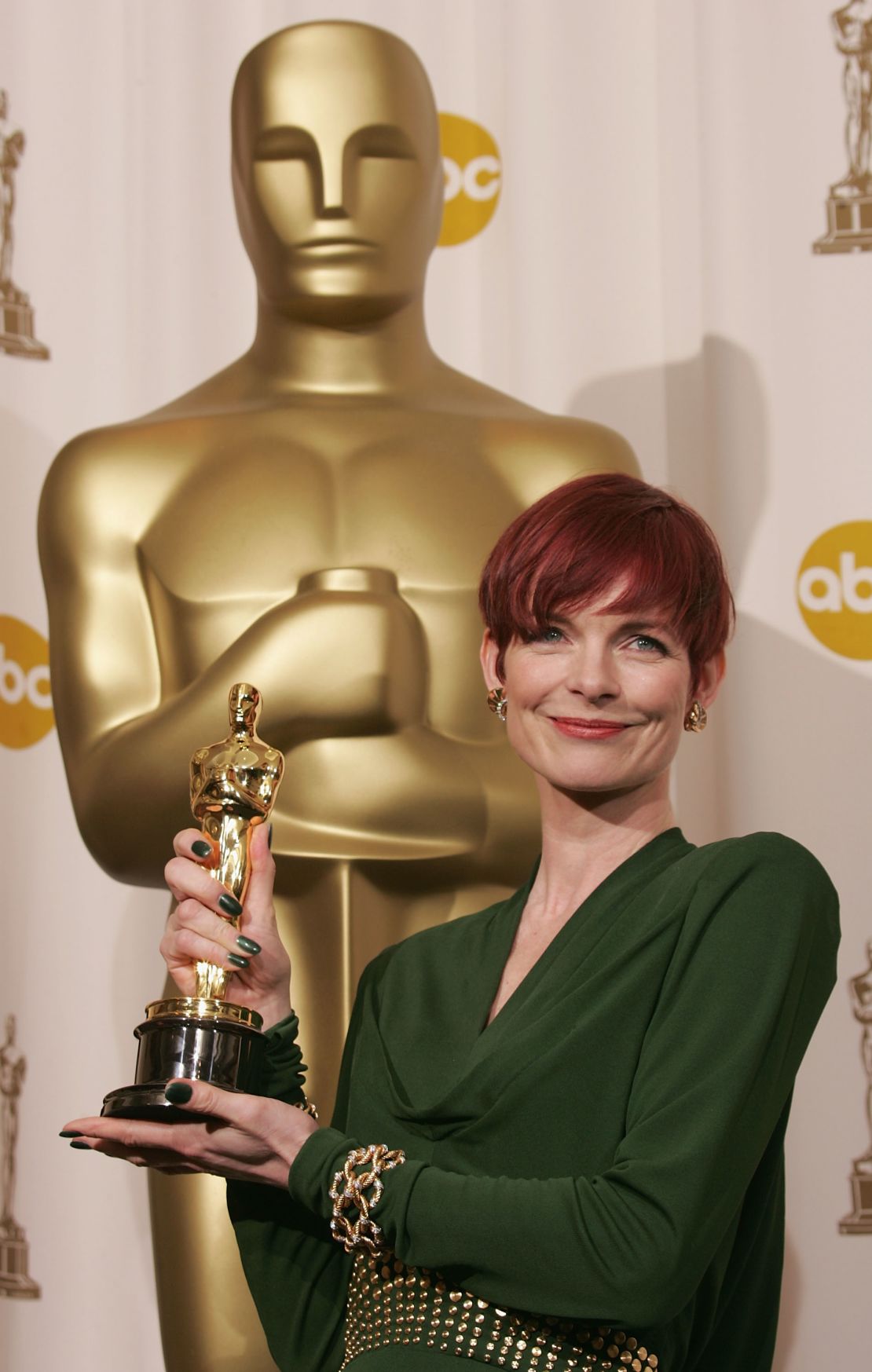
“I completely agree in getting more women into the Academy, for sure, as well as different ethnicities,” she argues. “[It] should be completely mixed, and it isn’t. We’ve known that for a long time.”
She knows however that it is not merely a matter of membership. “The industry has got to be prepared to employ more [ethnic minorities],” she says.
Along with the new raft of regulations announced by Academy president Cheryl Boone Isaacs is a stipulation that has ruffled feathers: that members without a credit in the past 10 years could lose their right to vote.
“That I find a little odd,” she says. “I might stop work for ten years… and then be struck off, when I’m perfectly capable of watching films and having an opinion.”
For now though Powell is in no danger of falling into that category, with London-based punk film “How to Talk to Girls at Parties” in the can and due to hit screens later this year.
Irrespective of what happens at the Dolby Theatre on February 28, her legacy is already more than assured.
















